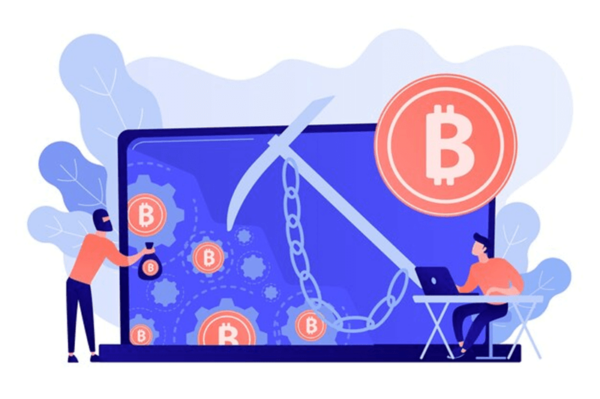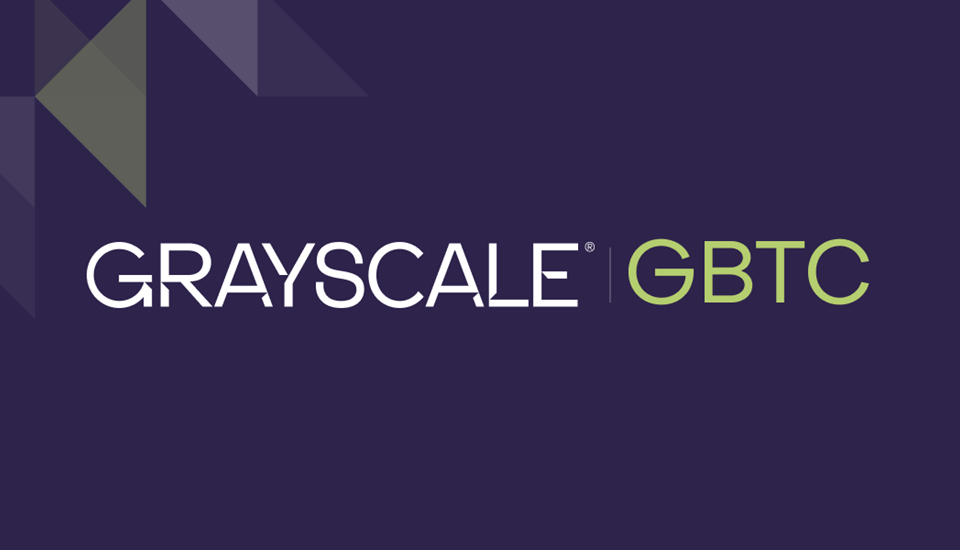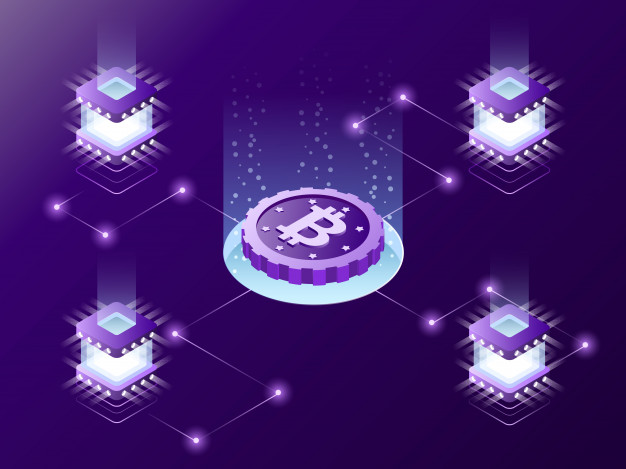What is Bitcoin Halving?
Everyone who is connected with the crypto network is we-aware of what Bitcoin Halving is. For those who aren’t involved within the crypto universe, Bitcoin Halving is indeed a significant event in the crypto world. It aims to control inflation and ensure the scarcity of Bitcoin. It has historical significance and can impact the behavior of miners, investors, and the overall Bitcoin market.
Halving occurs approximately every four years and is designed to control the supply of new Bitcoins entering circulation. Roughly every four years or after every 210,000 blocks mined, the block reward is cut in half which reduces the rate at which new Bitcoins are created. This process is simply called Bitcoin Halving.

Impact of Bitcoin Halving
The halving events can have and historically had a significant impact on Bitcoin’s price and mining ecosystem. Some of them are mentioned below:
Reduced Supply: Halving decreases the rate at which new Bitcoins are generated. This scarcity can potentially increase demand and drive up the price of Bitcoin.
Miner Rewards: Miners receive fewer Bitcoins as a reward for their work after each halving. This can lead to decreased profitability for some miners, which may result in less efficient mining operations being shut down.
Mining Competition: The reduced block reward can intensify competition among miners, leading to increased computational power dedicated to the network’s security.
There have been three Bitcoin halvings to date, in 2012, 2016, and 2020. The initial block reward of 50 Bitcoins was halved to 25 in 2012, then to 12.5 in 2016, and finally to 6.25 in 2020. The next halving is expected to occur in 2024, further reducing the block reward.
How does a Bitcoin Halving work?
The halving event reduces the block reward, which is the amount of new Bitcoins awarded to miners for each block they successfully mine. The purpose of this mechanism is to control the rate at which new Bitcoins are created and introduce scarcity into the supply, ultimately leading to a maximum supply of 21 million Bitcoins.
Following are some key details about Bitcoin’s Halving events:
Interval: Bitcoin’s halving occurs approximately every four years (specifically, every 210,000 blocks). This interval is designed to ensure a gradual reduction in the creation of new Bitcoins.
Previous Halvings: Bitcoin has experienced three halving events so far. The first halving occurred in November 2012 when the block reward decreased from 50 to 25 Bitcoins. The second halving took place in July 2016, reducing the block reward from 25 to 12.5 Bitcoins. The third halving occurred in May 2020, further reducing the block reward from 12.5 to 6.25 Bitcoins.
Next Halving: While the exact date of the next Bitcoin halving can vary due to variations in block mining times, it is currently estimated to take place in April 2024. This will reduce the block reward to 3.125 Bitcoins.
When is the next Bitcoin Halving in 2024?
The exact date of the halving can vary depending on block generation times, but it is anticipated to occur around April 2024 when the Bitcoin blockchain reaches a block height of 840,000. This event will further reduce the block reward, marking a significant milestone in Bitcoin’s monetary policy and scarcity model. It will be closely watched by the cryptocurrency community and investors for its potential impact on Bitcoin’s price and the broader cryptocurrency market.
Will the Bitcoin Halving increase BTC’s price?
Historical patterns have shown that BTC’s prices have generally experienced increases after previous halving events. However, it’s essential to mention that past performance is not indicative of future results, and cryptocurrency markets are known for their volatility and unpredictability.
The expectation of a post-halving rally is based on several factors, including the reduced rate of new Bitcoin issuance due to the halving, which can create supply scarcity. This scarcity, coupled with increasing demand, can potentially drive up prices. Nonetheless, market dynamics are influenced by a multitude of factors, including adoption, regulatory developments, macroeconomic conditions, and investor sentiment, among others.
Investors should exercise caution and conduct thorough research before making any investment decisions in the cryptocurrency market. The price of Bitcoin and other cryptocurrencies can be subject to significant fluctuations, and it’s crucial to have a well-informed and risk-aware approach to investing in this space.
YOU CAN WIN $200 EVERY HOUR




